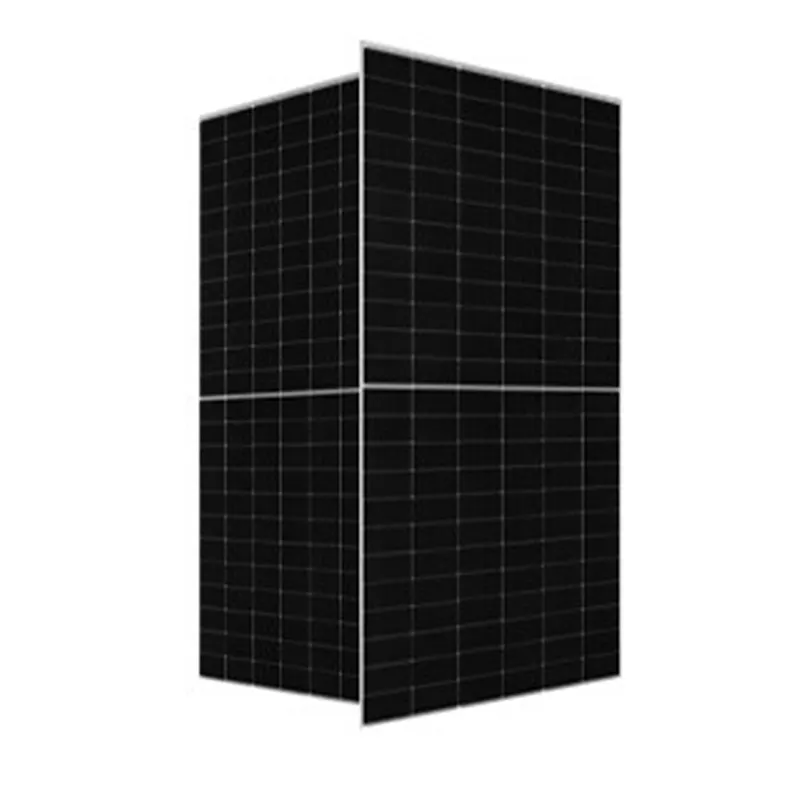bifacial photovoltaic modules
Bifacial Photovoltaic Modules A Promising Future for Solar Energy
As the push for renewable energy sources intensifies worldwide, solar power continues to play a vital role in the energy landscape. Among the myriad of innovations within solar technology, bifacial photovoltaic (PV) modules are gaining significant attention. These advanced solar panels possess unique characteristics that distinguish them from traditional monofacial modules, and they are poised to revolutionize the solar industry.
Understanding Bifacial PV Modules
Bifacial photovoltaic modules are designed to capture sunlight from both the front and rear sides of the panel. This dual-sided absorption of solar energy allows them to generate more electricity compared to their monofacial counterparts, which can only harness sunlight from one side. Bifacial modules are typically constructed using transparent backsheets or glass on both sides, facilitating increased efficiency and durability.
The ability to collect sunlight from both sides leverages the albedo effect, which is the reflection of sunlight off surrounding surfaces, such as ground, snow, or water. In practical terms, this means that bifacial modules can significantly increase energy generation, especially in environments with high solar reflectivity. Consequently, they are particularly effective when installed in elevated positions or on reflective surfaces, such as white roofs or concrete.
Efficiency and Performance
One of the most compelling advantages of bifacial modules is their enhanced energy yield. Studies indicate that these modules can achieve an increase in energy output ranging from 10% to 30%, depending on the installation conditions. This improved performance offers a substantial return on investment, making bifacial modules an attractive option for both residential and commercial applications.
Bifacial technology also capitalizes on the current improvements in solar cell efficiency. As manufacturers continue to innovate and refine technology, bifacial panels are now often manufactured with advanced solar cell technologies, such as PERC (Passivated Emitter and Rear Cell) and HJT (Heterojunction Technology). These advancements further enhance the overall efficiency and performance of the panels.
Installation and Design Considerations
bifacial photovoltaic modules

The installation of bifacial PV modules necessitates careful planning to maximize their unique capabilities. When installing bifacial panels, it is critical to consider the height and tilt angle of the modules, as well as the type of ground cover beneath the panels. An optimal installation strategy can significantly increase energy production.
Additionally, the mounting structure used for bifacial modules should allow for greater sunlight reflection. Ground-mounted installations with materials like light-colored gravel or other reflective surfaces can enhance energy capture, while dual-axis tracking systems can further optimize performance by adjusting the panels' orientation throughout the day.
Economic and Environmental Benefits
The economic implications of bifacial photovoltaic modules are noteworthy. Despite higher upfront costs compared to traditional solar panels, their increased energy output can lead to lower levelized costs of electricity (LCOE) over time. This financial efficiency is complemented by governmental incentives and subsidies aimed at promoting renewable technologies, making bifacial panels even more attractive to potential investors.
From an environmental perspective, bifacial PV modules contribute to the reduction of carbon emissions and the reliance on fossil fuels. By maximizing energy harvested from the sun, these technologies align with global sustainability goals and help combat climate change. Moreover, the durability of bifacial modules, often extending up to 30 years or more, translates to less frequent replacement and lower waste generation.
The Future of Bifacial Technology
As research and development in solar technology continue to advance, bifacial photovoltaic modules are set to become a cornerstone of future solar energy systems. The growing demand for efficient and sustainable energy solutions will likely drive further innovations in this field. Manufacturers are already investing heavily in R&D to enhance the performance of bifacial modules, reduce costs, and streamline the manufacturing process.
In conclusion, bifacial photovoltaic modules represent a significant advancement in solar technology, offering numerous benefits in terms of efficiency, economic viability, and environmental impact. As these technologies become more widely adopted, they will play an integral role in shaping the future of renewable energy, helping to create a cleaner and more sustainable planet for generations to come. As stakeholders in the energy sector, we must embrace and support the evolution of solar technologies, with bifacial modules leading the charge towards a brighter, greener future.
-
String Solar Inverter: The High-Efficiency Solution for Smart Solar EnergyNewsJul.14,2025
-
Revolutionizing Rooftop Energy with the Power of the Micro Solar InverterNewsJul.14,2025
-
Power Independence with Smart Off Grid Solar Inverter SolutionsNewsJul.14,2025
-
On Grid Solar Inverter: Powering the Future with Smart Grid IntegrationNewsJul.14,2025
-
Monocrystalline Solar Panels: High-Efficiency Power for the Future of Clean EnergyNewsJul.14,2025
-
Bifacial Solar Panel: A Smarter Investment for Next-Generation Energy SystemsNewsJul.14,2025







